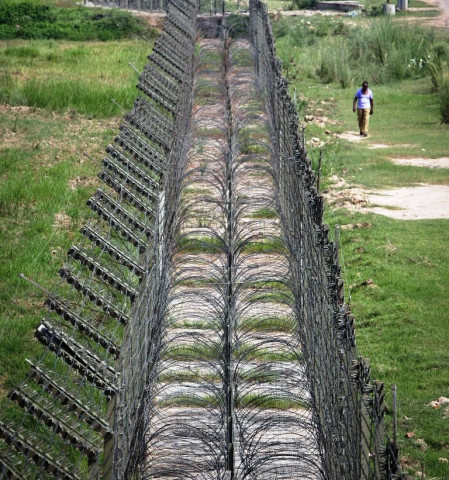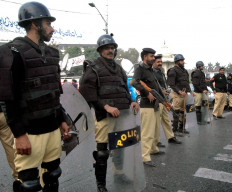
The term force posture means policies for military deployment and guidelines for goals such as deterrence and defeat. The Indian force posture has been Pakistan centric with broader targets like destabilising the country.
Lt Gen Jamil talked in detail about the Indian designs while speaking at a seminar on ‘Indian Force Posture Development’ organised by Strategic Vision Institute (SVI), an Islamabad based think tank on Tuesday. The seminar coincided with the fifth anniversary of the founding of the think tank.
India’s hawkish posture
The seminar aimed at providing strategic insight into the emerging trends in Indian force posture, shift in India’s nuclear doctrine and its growing nuclear and missile capabilities.
India is pursuing long-term conventional and strategic nuclear force modernisation including the introduction of high-end technologies and advanced systems. India’s conventional force posture has also undergone a significant change moving from Sundarji Doctrine to the dangerous Cold Start Doctrine (CSD), which is a pro-active and aggressive strategy aiming to engage Pakistan in a limited war under nuclear overhang.
“The Indian strategic thought has, for centuries, been focused on an expansionist agenda which to this day is the muse for its power maximisation, including the force posture developments. Our neighbour fancies itself as a regional hegemon, with designs of grandeur,” Gen Jamil said.
Can India sustain its growing military spending?
This notion has become so ingrained in their revisionist thinking of ‘Akhan Bharat’ or unified India, that all their developments – be these conventional or nuclear – are geared towards changing the status quo and find space for war,” he said adding India was developing destabilising doctrines and technologies that make war more imminent.
Comparing the Indian strategic thinking with that of Pakistan, the former SPD chief said Pakistan’s strategic culture, in contrast, “has always been characterised by restrained responses, pursuit of conflict resolution and closing the space for war.” He said Pakistan’s force posture development was in response to the destabilising developments in the neighbourhood. But, he at the same time underscored that Pakistan would not enter an arms race.
Strategic restraint, he maintained, was more stabilising than strategic competition. He was of the view that peace and stability in the region was possible if India agrees to mutual restraint and conflict resolution.
India's ceasefire violations could pave way for ‘major war’: Khawaja Asif
Gen Jamil recalled that Pakistan had proposed a Strategic Restraint Regime to India with three interlocking elements of nuclear restraint, conventional arms balance and conflict resolution. However, he regretted that Pakistan’s “hand of friendship” always encountered India’s “aggressive strategic culture”. He urged India to shun belligerence and war-mongering and resolve disputes peacefully. “I am sure that Pakistan will meet India halfway in peace efforts,” he added.
SVI President Dr Zafar Iqbal Cheema, on this occasion, said Indian National Security Strategy (NSS) objective is to maintain an overwhelming conventional and nuclear weapons capability by developing strategic and conventional offensive capabilities for full spectrum of military conflicts.
The main instruments of India’s force posture are deterrence, coercion and coercive diplomacy, he said. The Joint Indian Armed forces Doctrine contemplates the use of military force aimed at destruction, disruption and constraining its adversaries in South Asia, with specific concentration on Pakistan, he added.
“Disruption and constraint also aim at sea denial or blockade of adversary’s maritime routes,” he said.
In low intensity operations, Indian armed forces doctrine visualises carrying-out surgical strikes, he further said.
Published in The Express Tribune, April 18th, 2018.


















COMMENTS
Comments are moderated and generally will be posted if they are on-topic and not abusive.
For more information, please see our Comments FAQ